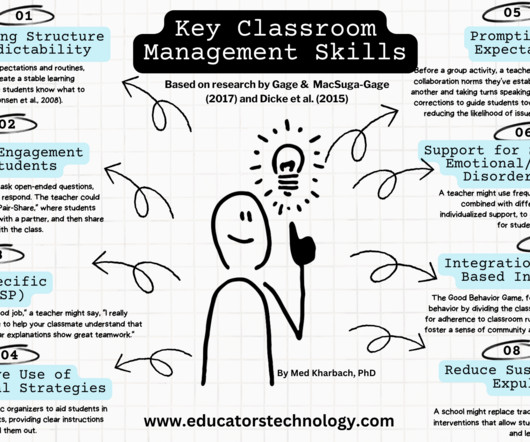Characteristics of The 21st Century Teachers
Educational Technology and Mobile Learning
JANUARY 3, 2024
This could involve using differentiated instruction, incorporating multicultural education, or employing a range of assessment methods. Pearson, P. Balance in comprehensive literacy instruction: Evolving conceptions. Best practice in literacy instruction (4th ed., Adaptive teachers, as Madda et al. Griffo, V.















Let's personalize your content